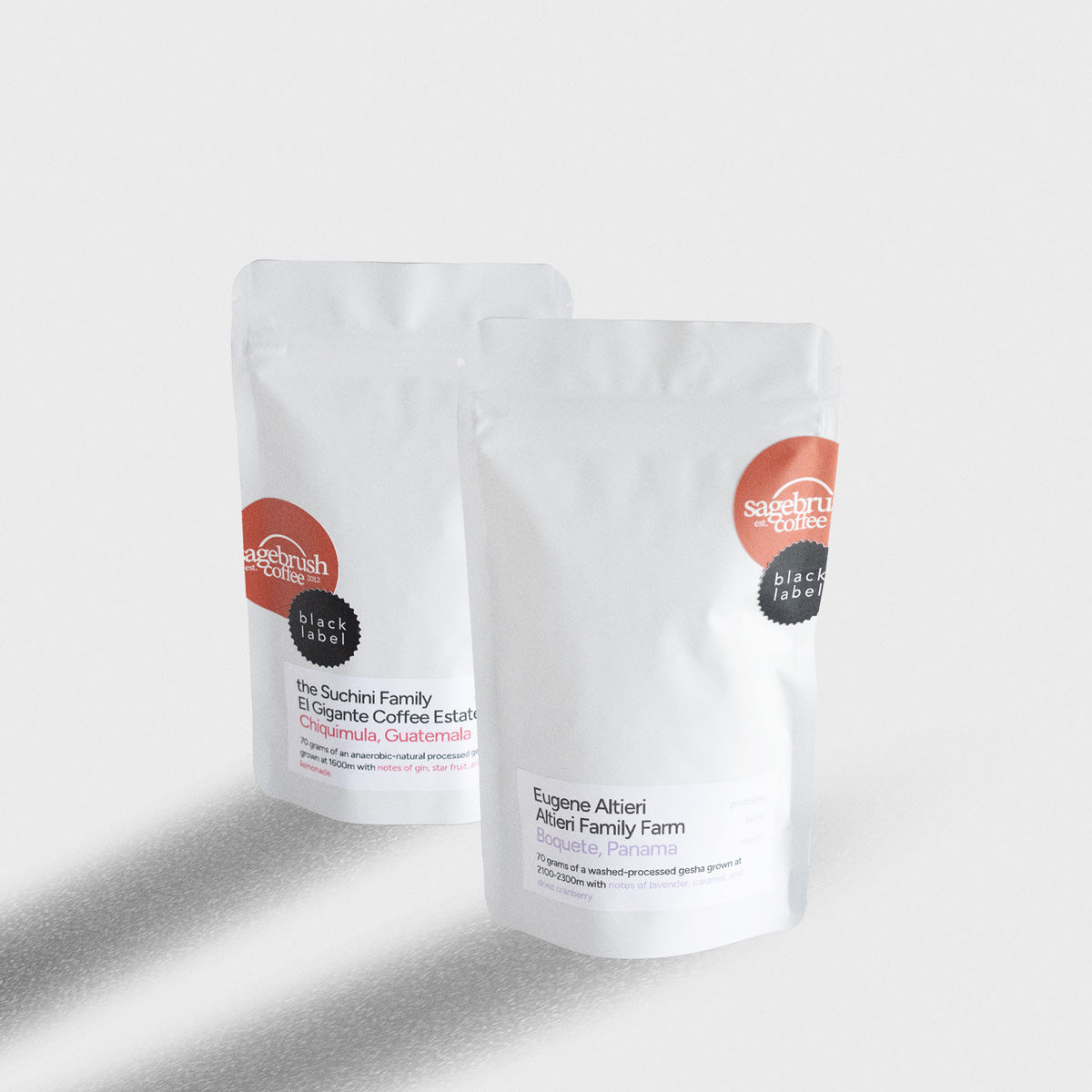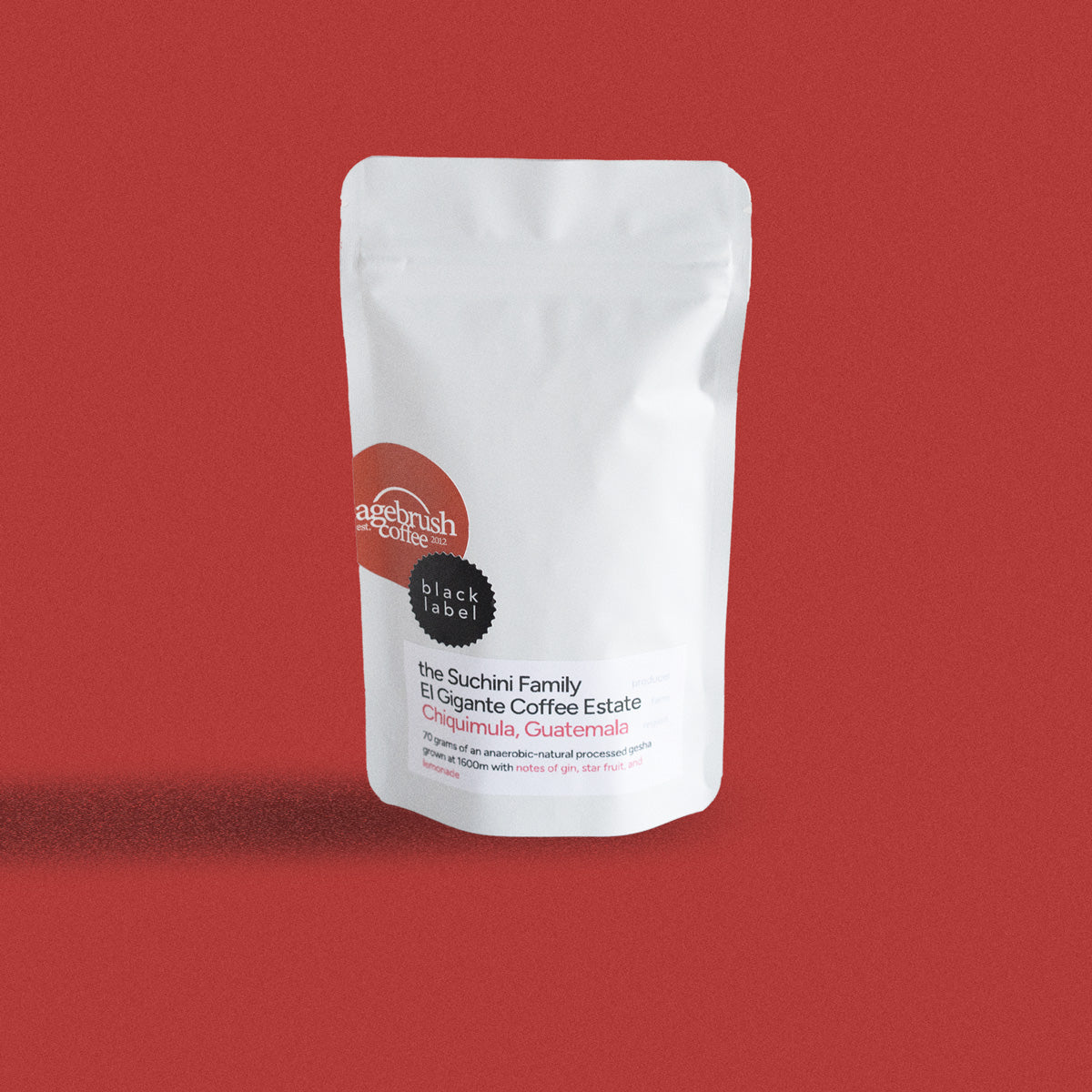We all know that coffee is the best morning pick-me-up around, but how exactly does it get the job done? Coffee is packed with caffeine and today I want to dive into how caffeine affects your brain and body to give you the energy boost you know and love. This article may be a bit on the scientific side, but bear with me because the biochemical breakdown of caffeine is actually pretty neat!
Caffeine, also known as trimethylxanthine, is classified as a methylxanthine, which is a natural stimulant that derives from plants like Coffea Arabica, the coffee plant, and Camellia Sinensis, the tea plant. Its chemical structure is C8H10N4O2, which is pictured below. The chemical structure of caffeine is very similar to that of adenosine (C10H13N5O4), which plays a key role in how caffeine affects your brain and central nervous system.


Adenosine is a chemical messenger that acts as the human body’s key sleep-enhancing molecule. Adenosine naturally builds up throughout the day, making us tired at night or after hard work. Caffeine works by intercepting adenosine molecules and preventing them from entering their receptors, which are housed in the brain. When the adenosine molecules fail to get to their receptors, they fail to have an effect and the brain then has a surplus of energy that would have gone away if the adenosine molecules were able to do their job. This energy surplus is then given to the central nervous system which is responsible for how we think, move, and feel. Once caffeine molecules have intercepted the adenosine molecules from their receptors, caffeine will then take the adenosine’s spot in the receptors. To sum this part of the process up, caffeine doesn’t necessarily give you energy, but it prevents other molecules from taking your energy away.
Caffeine can also boost your mood and increase focus through its relationship with dopamine, a neurotransmitter that promotes happiness and works as a reward system in your brain. Sometimes, adenosine receptors and dopamine receptors are connected in your brain. When adenosine molecules fill these conjoined receptors, they don’t leave enough room for dopamine molecules. When caffeine molecules fill the adenosine receptors on the other hand, they leave more room for dopamine molecules because their chemical structure is slightly smaller than adenosine’s.
Another interesting thing about how caffeine affects your brain is that when you consume a considerable amount of it, you can build up a tolerance. Since caffeine is a type of stimulant, it is technically considered a drug, and any drug can be addictive. When you consume caffeine regularly, your brain will respond by simply creating more adenosine receptors in an effort to catch the intercepted adenosine molecules. This means you will have to consume more caffeine to achieve the same effect you were getting before. If you stop consuming caffeine out of the blue after creating this tolerance you may experience withdrawal symptoms such as headaches, fatigue, and depressive moods. Eventually though, your number of adenosine receptors will return to normal, allowing your body to readjust. Aside from withdrawal symptoms, excessive amounts of caffeine can have a negative effect on your central nervous system by creating side effects such as increased heart rate, jitters, and difficulty resting. Like all good things in life, moderation is key here.
One of the things I have always loved about the coffee industry is how complex it is. There is so much to learn about the coffee plant, the farming process, coffee culture, brewing methods, and the science of how coffee and caffeine work. Learning and writing about these topics is my favorite part of my job, so I hope you found this article as interesting as I did. As somebody whose background is in writing and not science, reading and writing about topics like these is always exciting for me.

















